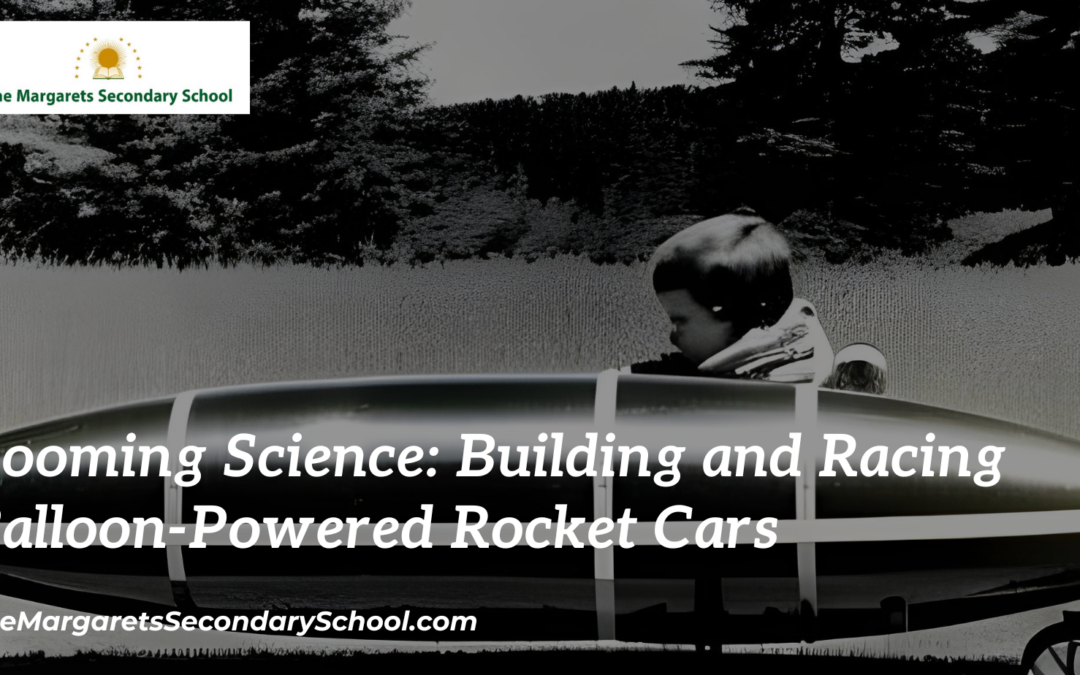Balloon Rocket Car
Vroom, vroom! Whoosh! The excitement of speed and motion is universal, and what if you could create your very own rocket car that zips forward with the power of air? In this thrilling kids’ science project, we’re diving into the world of physics and engineering to build balloon-powered rocket cars and explore the principles of propulsion and motion.
The Need for Speed
Rocket cars aren’t just found on racetracks; you can make your own right at home! This project blends science, creativity, and hands-on fun to teach you about the forces that propel vehicles forward.
Constructing Your Rocket Car
Gathering a few materials and a dash of imagination is all you need to embark on this high-speed adventure. Here’s what you’ll need:
Materials
- Empty plastic water bottles
- Drinking straws
- Balloons
- Wooden skewers or dowels
- Rubber bands
- Tape (duct tape or masking tape)
- Lightweight wheels (can be made from cardboard, bottle caps, or toy wheels)
- Safety scissors
- Measuring tape or ruler
Instructions
- Car Body: Start by creating the body of your rocket car. Attach the wheels to the bottom of the water bottle using tape or glue.
- Axles: Cut two drinking straws to the width of your water bottle and attach them to the sides as axles. These straws will hold the wheels.
- Balloon Engine: Attach a balloon to the opening of the water bottle. Secure it in place using a rubber band. Make sure the balloon is tightly sealed until you’re ready to launch.
- Rocket Car Frame: Insert a wooden skewer or dowel through the drinking straws to create an axle. This will provide stability to your rocket car.
- Launch Time: Inflate the balloon by blowing into it, but don’t tie it. Instead, pinch the opening. Place the rocket car on a flat surface and release the balloon’s opening. Watch as your rocket car zooms forward!
The Science Behind It
Newton’s Third Law of Motion states that every action has an equal and opposite reaction. When you inflate the balloon, you’re filling it with air under pressure. As the air rushes out, it propels the car in the opposite direction.
Exploring Further
Experiment with different sizes of balloons, lengths of straws, and sizes of wheels to see how they affect the speed and distance your rocket car can travel.
Conclusion
Creating and racing your own balloon-powered rocket car is like stepping into the shoes of a scientist and an engineer at once. By understanding the principles of motion and energy transfer, you’re not just building a fun toy – you’re unlocking the secrets of how vehicles move. So, get ready to let loose your rocket car on the track and watch as it zooms ahead, teaching you valuable lessons in physics along the way.





